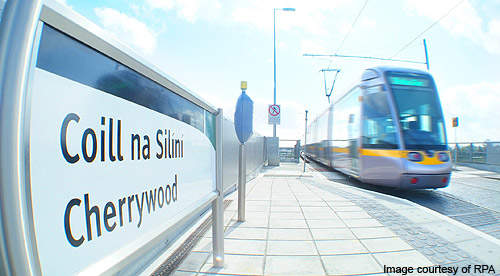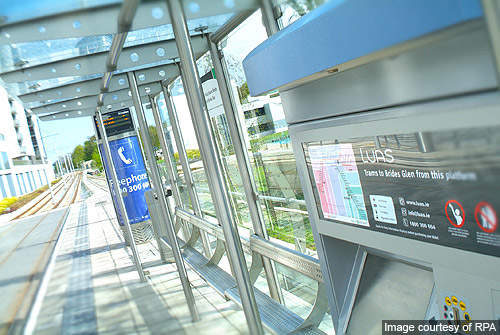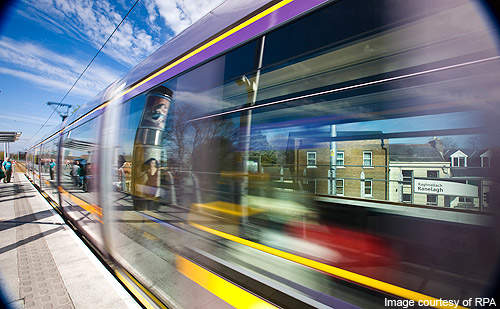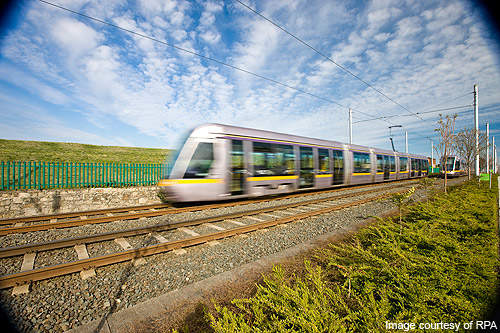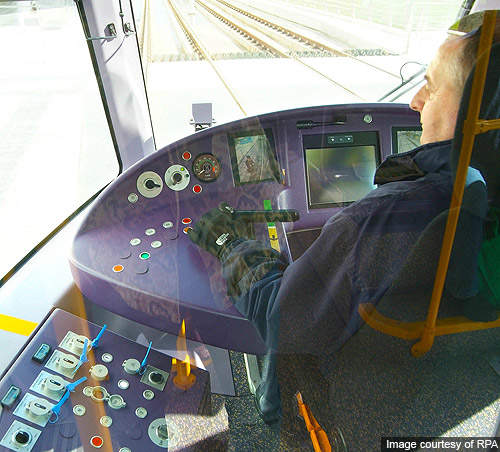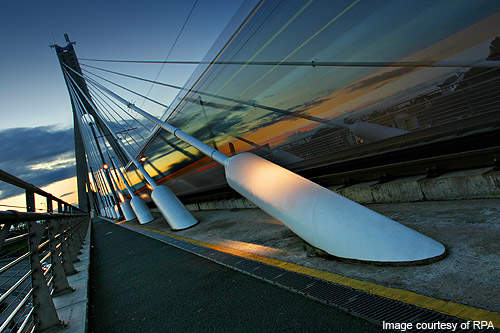The Luas Green Line extension (Luas B1), also known as Luas Cherrywood, was officially opened on 16 October 2010. It is an extension of the Luas Green Line running between St. Stephen’s Green and Sandyford to Bride’s Glen.
The extension added nine new stops and more than two million passengers a year to the tram network. It is owned by Railway Procurement Agency (RPA), an arm of the Irish government.
The extension project cost €300m ($416m). It was developed on a public private partnership (PPP) basis. The Department of Transport, Tourism and Sport partly funded the project.
Luas Green Line extension project
The Luas B1 project was executed in six stages. The RPA launched a public consultation process as part of the first phase in November 2000 to select the route options for the extension. The route was finalised in January 2001 during the second phase.
The chosen route required the construction of a viaduct (Cherrywood Viaduct) and three bridges – Brewery Road Bridge, Leopardstown Bridge and Carrickmines Bridge. An old bridge on Glenmuck Road had to be renovated.
The track alignment and stops were decided in the third phase. The nine stops added by the extension were Central Park, Glencairn, the Gallops, Leopardstown Valley, Ballyogan Wood, Carrickmines, Laughanstown, Cherrywood and Brides Glen. Two new stops will be added in the future at Racecourse and Brennanstown.
The RPA submitted a Railway Order Application for the extension in November 2005 as part of the fourth phase. The application was approved by the Minster for Transport in August 2006 and came into enforcement in January 2007.
The fifth phase included the construction which was started in March 2007 and completed by October 2010.
The sixth phase included pre-operational testing of the line and beginning of daily commercial operations.
Infrastructure and construction of Dublin’s Green Line
The installation of railway infrastructure systems began in June 2007 and was completed in October 2010.
The works included laying 3.9km of embedded track, 1.8km each of plinth and ballast tracks and installation of three power substations above the ground, one under ground power substation, eight signalised road crossings and 13 operational control systems.
It involved 100 manholes, 450 access chambers, 112km service ducts and laying 35km of rail and connecting it with 2,000 rail wields.
The works also included upgrading and replacing the operational control systems, signalling and communication equipment, tram equipment and integration of the new line with the old Luas line.
Sanyford Depot was upgraded by laying five new stabling tracks and increasing the number of platforms from two to three.
Construction of Ballyogan road was completed from February 2007 to May 2009 by SIAC Construction. It included construction of a 28,000m² single carriageway, 5,000m² of cycle paths, five new signalled junctions and 8,500m² of footpaths. It also included installing a parallel line and new public lighting system.
Construction of the Cherrywood viaduct began in April 2007 and was completed in August 2008 by Danninger.
The viaduct is 12m in height, 540m long and 8 to 12m wide. The bridges were constructed from March 2007 to December 2008.
Contractors involved in constructing Dublin’s Line B1
The contract to provide civil and structural engineering services on the extension was awarded to RPS for €40m ($49m) in 2005. RPS also prepared the environmental impact statement for the project.
The contract to provide the tramway systems and infrastructure was awarded to the joint venture (JV) of Somage, Sacyr and Bowen (SSB) in June 2007.
Arup acted as the lead designer in the detailed design stage that was executed with the SSB JV.

